According to China’s National Health Commission, on February 17, confirmed Wuhan coronavirus cases rose 1886 to 72436. Death tolls rose 98 to 1868. New suspected cases rose 1432 to 6242. Tedros Adhanom Ghebreyesus, WHO director-general, said on Monday that the data “appear to show a decline in new cases”. But he also cautioned that “it’s too early to tell if this reported decline will continue. Every scenario is still on the table”. He added “This trend must be interpreted very cautiously. Trends can change as new populations are affected.”
South Korea President Moon Jae-in used rather strong words in urging the cabinet to come up with special measures to counter the impact from the coronavirus outbreak. He said as a weekly cabinet meeting, “emergency situations require an emergency prescription. The current situation is much more serious than we thought.” “It is the time when special measures are absolutely necessary to use every possible means that the government can mobilize,” he added.
Moon also said the use of the government’s emergency funds should be just the “beginning”. “This is not enough,” he added. “In order to respond to the emergency economic situations, I want you to exert policy-related imagination that goes beyond expectations with no restrictions.”
Japanese Finance Minister Taro Aso also pledged today to ensure fiscal policy steps to respond to the outbreak. He noted that economic fundamentals are still holding steady, even though slowing global growth had an impact on the manufacturing sector.




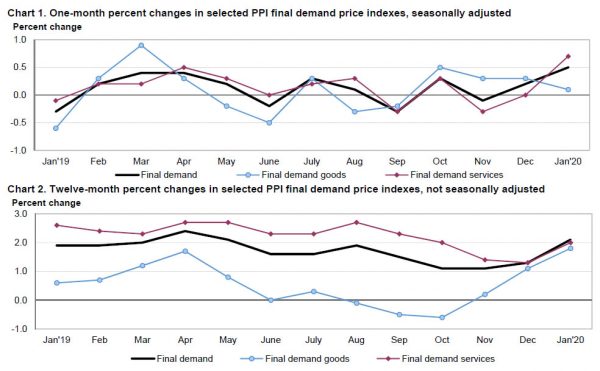
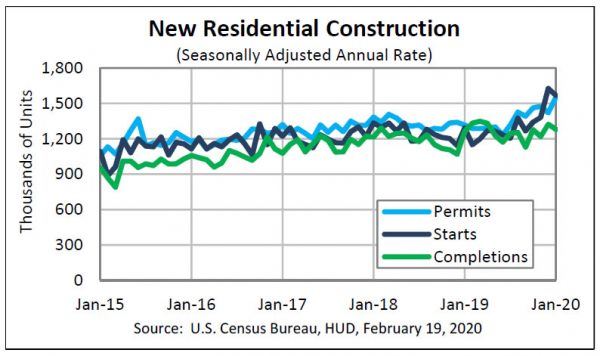
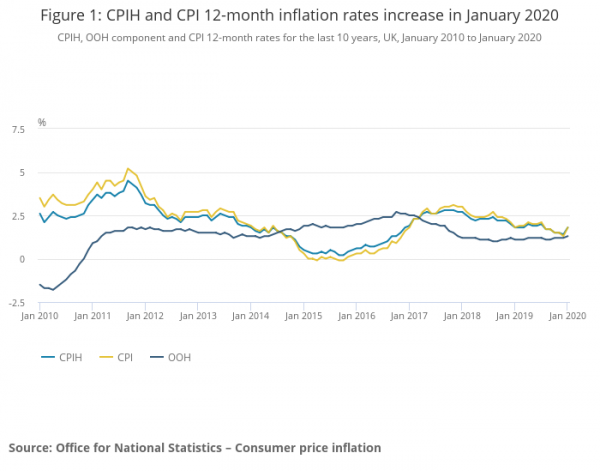
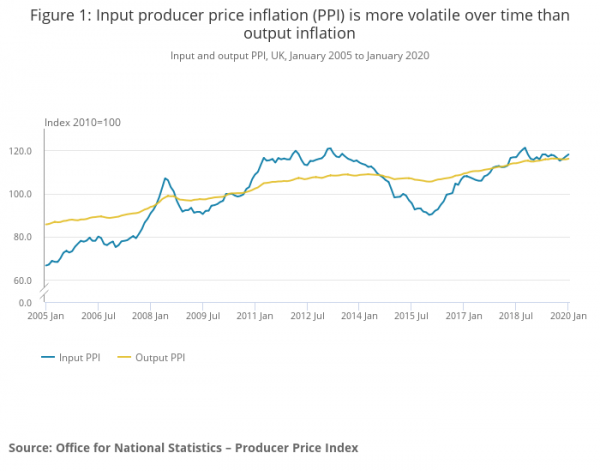
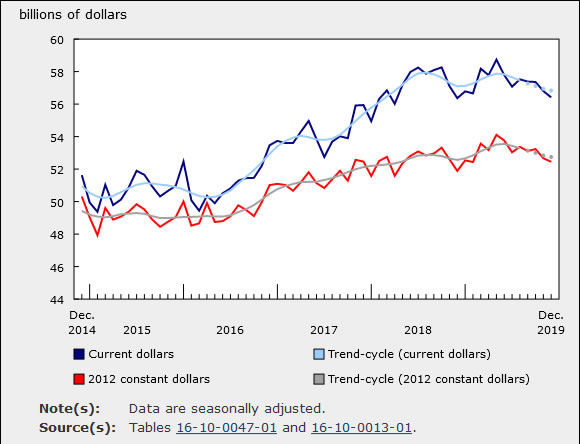
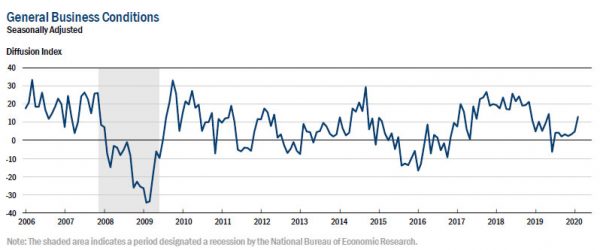
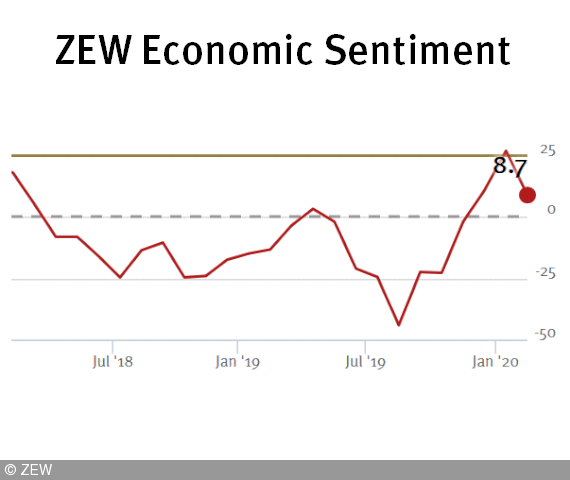
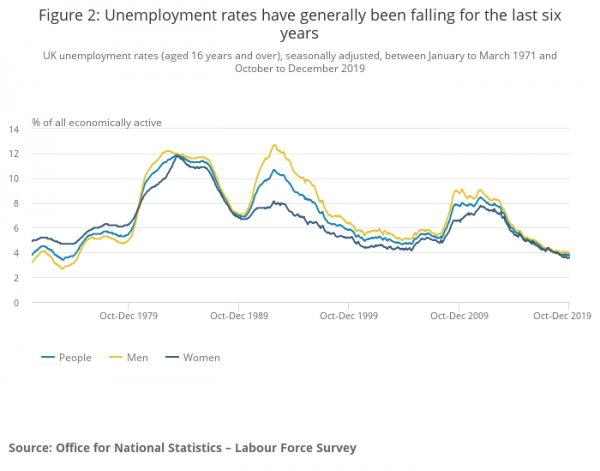
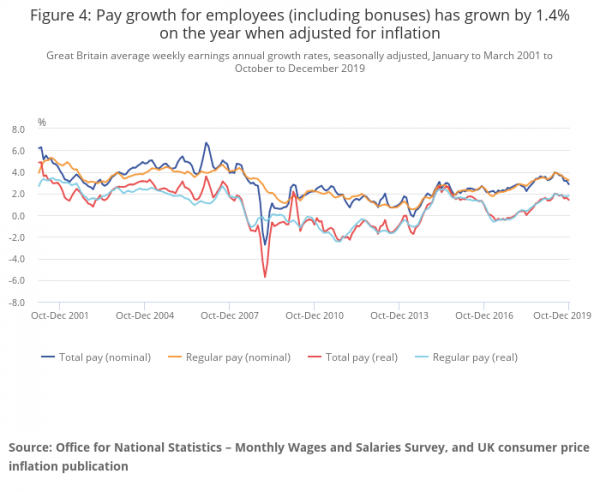
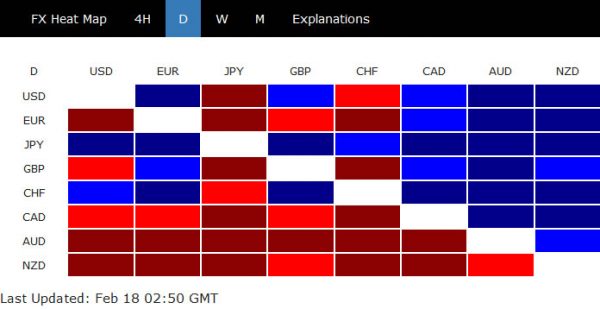
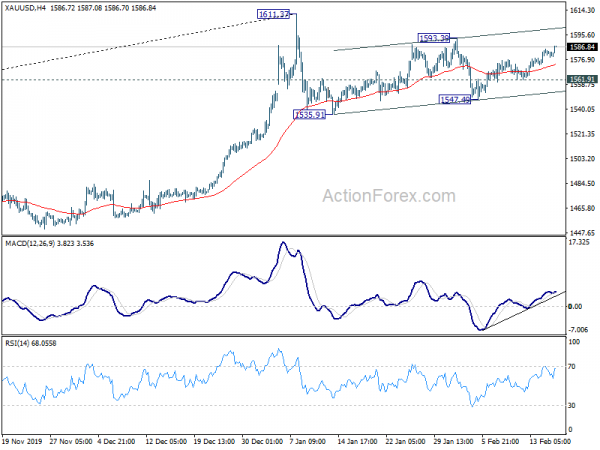

Canada CPI rose to 2.4%, beat expectations
Canada CPI accelerated to 2.4% yoy in January, up from 2.2% yoy, beat expectation of 2.2% yoy. CPI common slowed to 1.8% yoy, down from 2.0% yoy, missed expectation of 2.0% yoy. CPI median was unchanged at 2.2% yoy, matched expectations. CPI trimmed was unchanged at 2.1% yoy, missed expectation of 2.2% yoy.
Full release here.